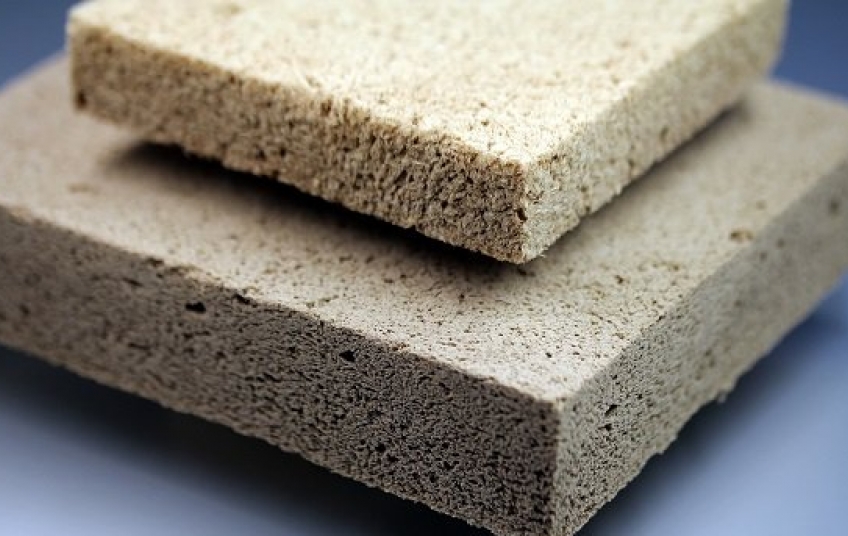In the never ending quest to improve our ability to recycle, reuse, and reduce, we search for an alternative way to have the product we want. In the case of foams, it is the carbon footprint and non-recyclability that are hurting the environment. This is why we are searching for biodegradable foam to replace it. Many companies are claiming to have one but not all have true biodegradable foam.
Depending on what the foam is used for, it is unable to be recycled. However, it can be made from recycled materials. There are many to be found out there but it is up to the consumer to determine if they are what is needed for a given project.
The chart2 is from a biodegradable plastic additives developer Earth Nurture. This chart compares pros and cons of each technology. This can help to determine what type of foam is wanted. However, one also wants to do own research to make sure that it is right for our product. We can often check the claims of a biodegradable material using the internet. A website called the Sins of Green Washing7 had started researching many of the claims.

However, the products that do work are typically made from a form of starch. These starch foams can be used to substitute the polystyrene products, but it is known that thermoplastic starch composites have weak mechanical properties, such as poor water resistance. Bio-based materials, such as cellulose, and other biodegradable polymers are used to improve the water resistance and mechanical properties of the starch-based foams.1
There are other alternatives, such as Puffy Stuff 3, which is made from edible produce and can be placed in a garden or reused and does not shrink when exposed to water. Another is still being researched by researchers at Arizona State University. Their goal is to produce sugar-based styrene using genetically engineered microbes to act as catalysts2, which will allow the foam to degrade naturally.
But the products made from starch typically have additives to allow expansion and stability. Landaal Packaging Systems5 has a product that is compostable and degradable without harming the environment. GreenCellFoam6 is similar to Landaal in that it is made from starch but it provides the data from the cushion, humidity and its MSDS to prove how easy it is to use. However, both have anti-static properties and are a desiccant, they have the ability to replace the Styrofoam peanuts and water absorber packets typically needed.
Depending on what the product is, and what it will be used for, any of these foams will work. Simply remember to research each item before to confirm the ability and the reliability for your product’s needs.
References
Biodegradable foams based on starch, polyvinyl alcohol, chitosan and sugarcane fibers obtained by extrusion (http://www.scielo.br/scielo.php?script=sci_arttext&pid=S1516-89132011000500023)
The quest for bio-polystyrene (http://greenchemicalsblog.com/2013/02/17/the-quest-for-bio-polystyrene/)
Puffy Stuff (http://puffystufftn.com/about.html)
Green Cell Foam (http://www.adamsfoam.com/greencell.php)
Sustainable Packaging (http://www.landaal.com/environmentally-focused-packaging/)
Green Cell Foam (http://www.greencellfoam.com/what-green-means/)
Green Washing (http://sinsofgreenwashing.com/findings/index.html)


































